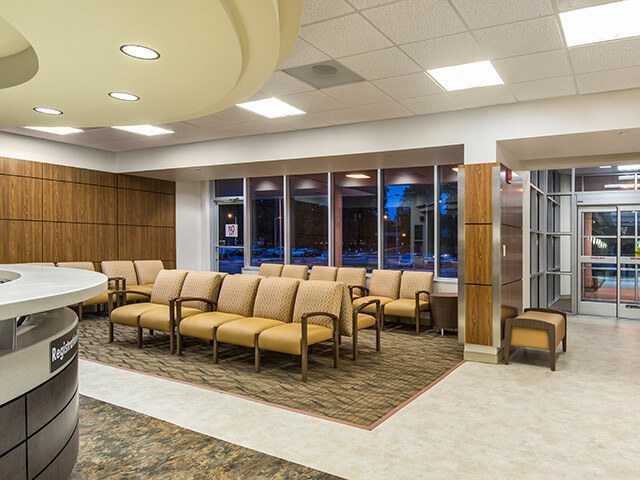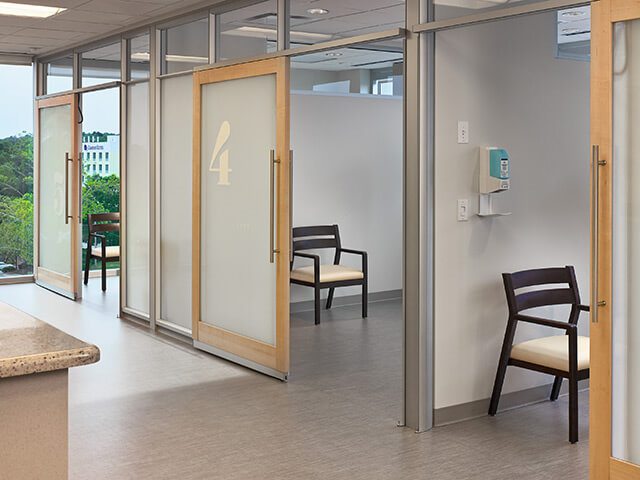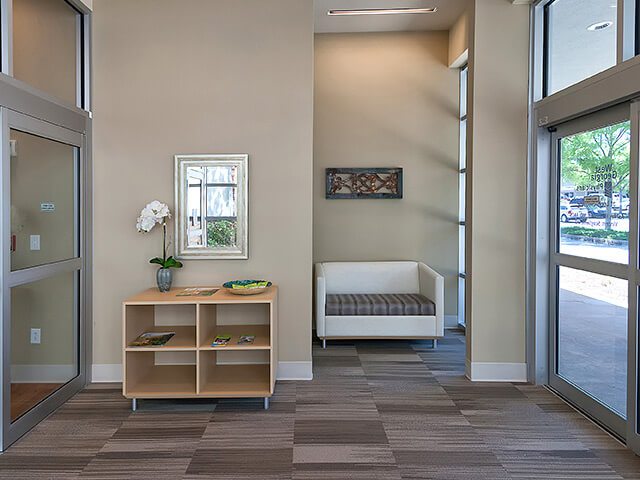Healthcare interior design and
hospital furniture design today is becoming more challenging and its effectiveness needs to be as diverse as the patients it serves on a daily basis in every hospital. Patients who are battling mental health and addictions issues are very different from the elderly entering an emergency department battling chest pains or high blood pressure and both require separate areas for treatment.
Micro replaces max capacity
Hospital interior design is moving toward Micro Hospitals, the smaller, approximately 50 bed hospitals providing an array of services. These hospitals are on the rise to address the newest trend of providing more personalized care and ultimately producing better outcomes. Using innovative healthcare design and separating the procedure areas allows the treatment to be administered with more sensitivity.
Hospital stays reduced and are cost effective
By providing a more diverse and consumer friendly healthcare design environment, patients going to a Micro Hospital for treatment can potentially reduce costs. Entering areas where they only need to be monitored could eliminate an overnight hospital visit. Compare that to treatment areas with multiple doctors, nurses and specialists and the potential for an overnight stay will become very costly. This compartmentalized healing environment is a trend that allows for flexible hospital design addressing the challenges faced every day in managing a multitude of health issues.
Outpatient care better for all
Outpatient care, if designed properly with hospital architecture in mind, can take on the needs not only of a younger generation, but also address the needs of the aging baby boomers. Future trends include geriatric emergency departments, mental health clinics with separate entrances and treatment rooms and lastly, women’s clinics with labor and delivery buildings.




